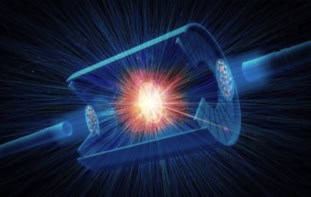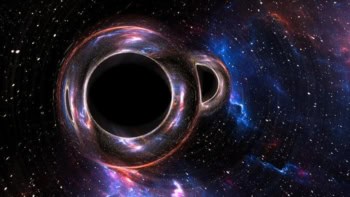Three US theorists have shared the 2004 Nobel Prize in Physics "for the discovery of asymptotic freedom in the theory of the strong interaction". David Gross of the University of California at Santa Barbara, David Politzer of the California Institute of Technology and Frank Wilczek of the Massachusetts Institute of Technology made the discovery in 1973. Their theoretical work explains why quarks behave almost as free particles at high energies.
The strong force is what binds quarks together inside protons and neutrons in an atomic nucleus. The discovery made by Gross, Politzer and Wilczek implied that when quarks are very close to each other, the force between them is so weak that they behave almost as free particles. Conversely, when the quarks move apart, the force becomes stronger as their separation increases. This phenomenon is called asymptotic freedom and it explains why quarks cannot normally be removed from an atomic nucleus.
This discovery was expressed in 1973 in a mathematical framework that laid the foundations for the new theory of quantum chromodynamics (QCD), which describes the strong force. The theory was an important contribution to the Standard Model of particle physics, which also describes the weak and electromagnetic forces. With the aid of QCD, theorists can explain why quarks only behave as free particles at extremely high energies. QCD has been tested in detail in recent years, in particular at CERN in Geneva.
The discovery was originally published in two back-to-back papers in Physical Review Letters — one by Gross and Wilczek and the other by Politzer. Wilczek and Politzer were only graduate students at the time. The prize, which is worth 10 million Swedish kroner, will be shared equally between the three laureates.



